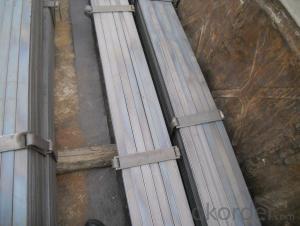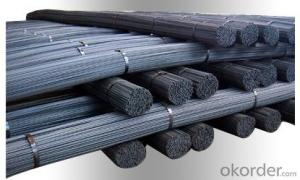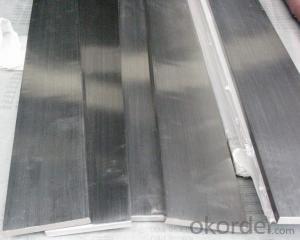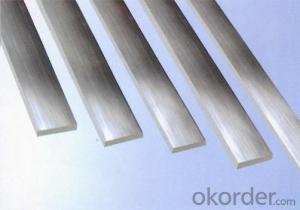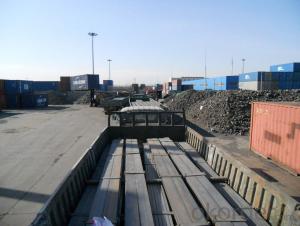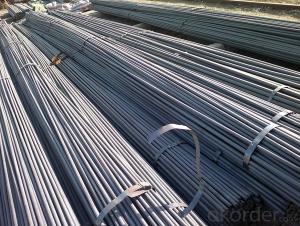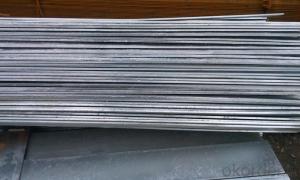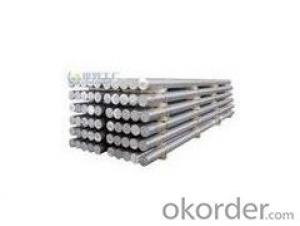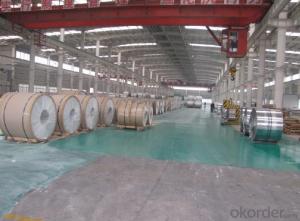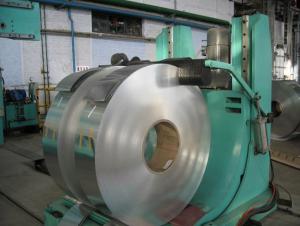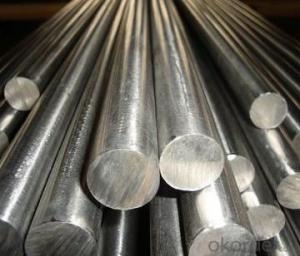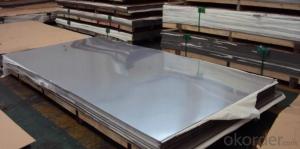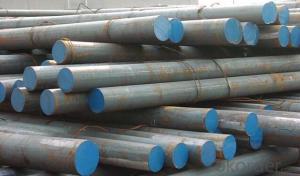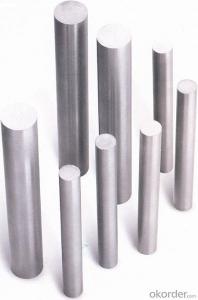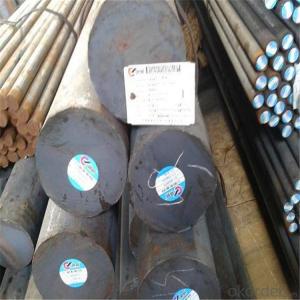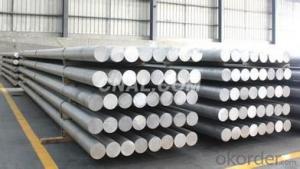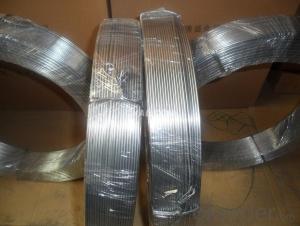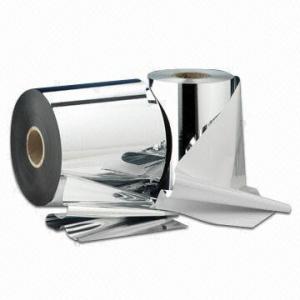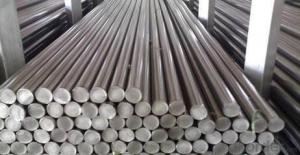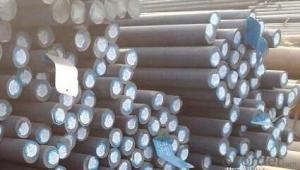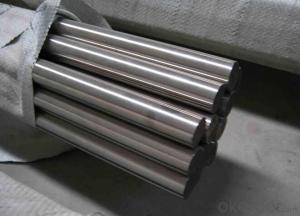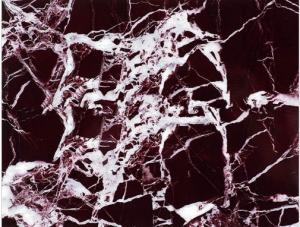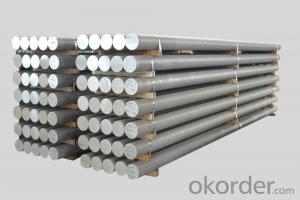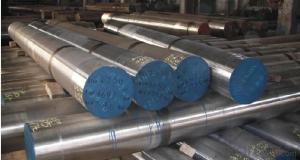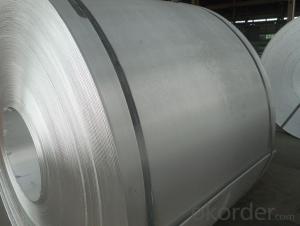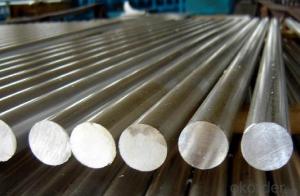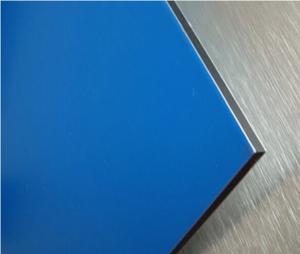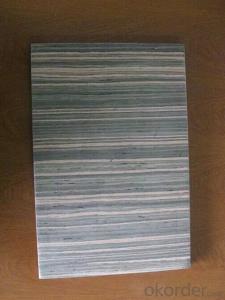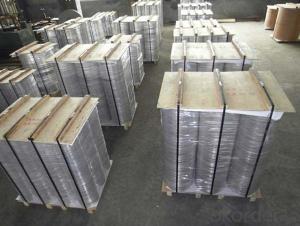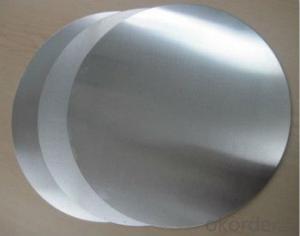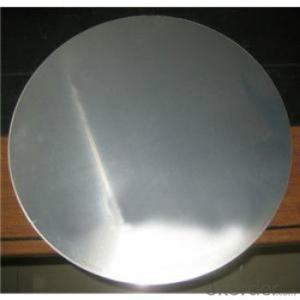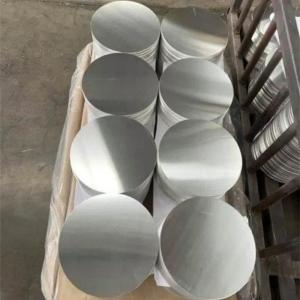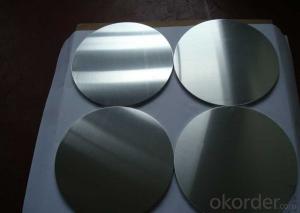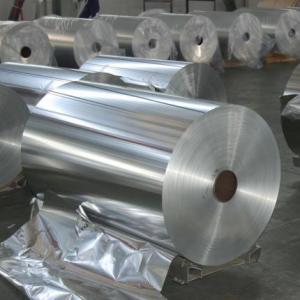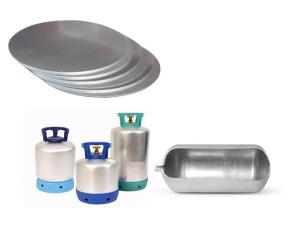3/4 Aluminum Bar Stock
3/4 Aluminum Bar Stock Related Searches
1/4 Aluminum Bar Stock 1/2 X 3/4 Aluminum Bar Stock 3/4 X 3/8 Aluminum Bar Stock 3 4 Aluminum Bar Stock 3/4 Aluminum Square Stock 1/4 X 1/4 Aluminum Bar Stock 1 2 X 3 4 Aluminum Bar Stock 3/4 Aluminum Round Stock 3/8 Aluminum Bar Stock 1 4 Aluminum Bar Stock 1/2 Aluminum Bar Stock 1 4 Inch Aluminum Bar Stock 3 Inch Aluminum Bar Stock 1 4 X 1 4 Aluminum Bar Stock 3 Aluminum Bar Stock 1/4 Aluminum Angle Stock 3 4 X 3 8 Aluminum Bar Stock 1/2 X 1/2 Aluminum Bar Stock 3/4 Aluminum Plate Aluminum Triangle Bar Stock 1 8 X 1 4 Aluminum Bar Stock 3 4 Aluminum Square Stock 3/4 Inch Aluminum Plate Aluminum Half Round Bar Stock 3 8 Aluminum Bar Stock 3/4 Thick Aluminum Plate Stock Aluminum Bar 1 2 Aluminum Bar Stock 1 Inch Aluminum Bar Stock 1 X 2 Aluminum Bar Stock3/4 Aluminum Bar Stock Supplier & Manufacturer from China
3/4 Aluminum Bar Stock is a versatile product that is widely used in various industries due to its lightweight and corrosion-resistant properties. This type of aluminum bar stock is commonly utilized in construction, automotive, aerospace, and manufacturing sectors, where its strength and durability are highly valued. It is particularly useful in applications that require high strength-to-weight ratios, such as in the production of aircraft components or structural supports.The 3/4 Aluminum Bar Stock is known for its excellent machinability, making it a popular choice for precision engineering and intricate designs. It can be easily cut, drilled, and shaped to fit specific project requirements, which is why it is frequently used in the fabrication of custom parts and components. Additionally, its resistance to corrosion and ability to withstand harsh environmental conditions make it an ideal material for outdoor applications and projects exposed to moisture or chemicals.
Okorder.com is a leading wholesale supplier of 3/4 Aluminum Bar Stock, offering a vast inventory to cater to the diverse needs of customers. With a commitment to quality and customer satisfaction, Okorder.com ensures that the aluminum bar stock they provide meets the highest industry standards. Their extensive stock allows them to quickly fulfill orders, making them a reliable choice for businesses in need of this essential material.
Hot Products
